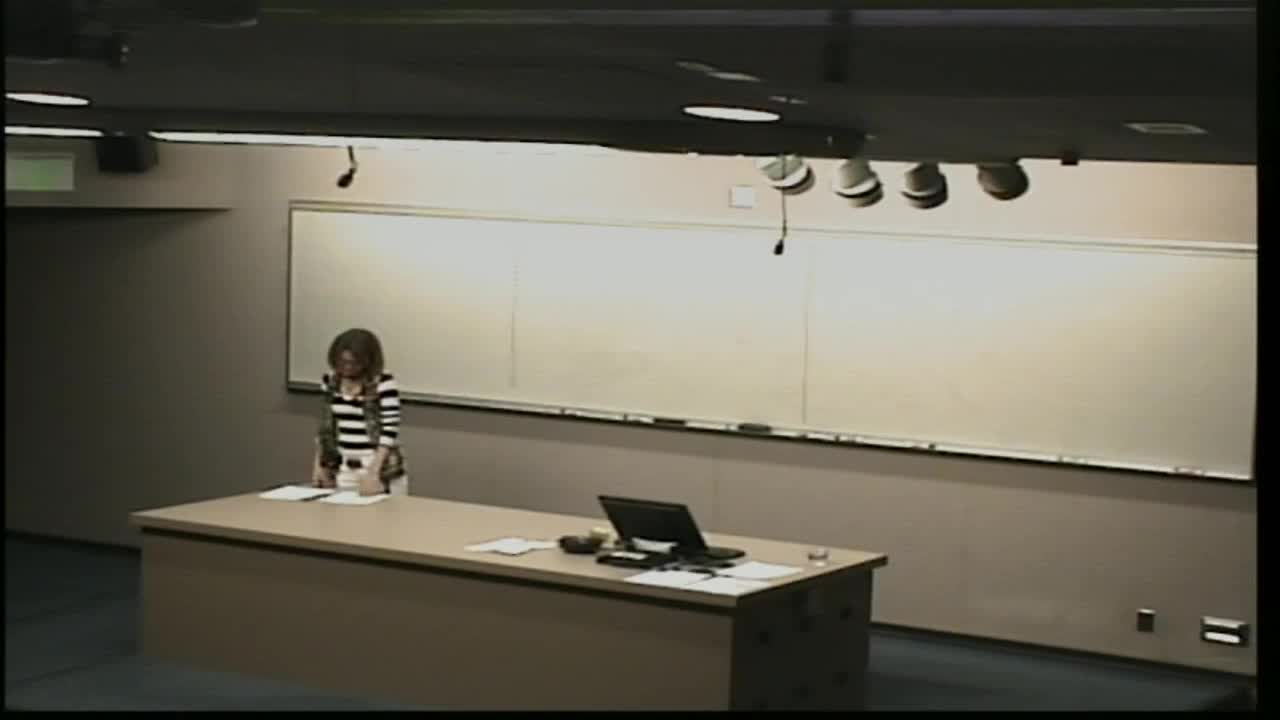Morphogenesis of growing tissues: elastic models, scaling laws and reduced theories of prestrained thin films
Presenter
July 22, 2013
Keywords:
- Elastic
Abstract
This course will be concerned with the analysis of thin elastic films which exhibit residual stress at free equilibria. Examples of such structures include, in particular, growing tissues such as leaves, flowers or marine invertebrates, as well as specifically engineered gels. There, it is conjectured that the growth process results in the formation of non-Euclidean target metrics, leading to complicated morphogenesis of the tissue which attains an orientation-preserving configuration closest possible to an isometric immersion of the metric.
This phenomenon can be studied through a variational model, pertaining to the non-Euclidean version of the nonlinear elasticity. For metrics with non-zero Riemann curvature, the infimum of the energy turns out to be positive at free equilibria. Further analysis of scaling of the energy minimizers in terms of the vanishing reference plate's thickness leads to the rigorous derivation of the corresponding limiting theories. These theories are differentiated by the embeddability properties of the target metrics - in the same spirit as different scalings of external forces lead to a hierarchy of nonlinear plate theories in classical elasticity whose rigorous (ansatz-free) derivation has been given by Friesecke, James and Muller.
The course will be self-contained and at a level suitable for PhD students having some familiarity with Mathematical Analysis. No prior experience with the research topics under discussion will be expected.
